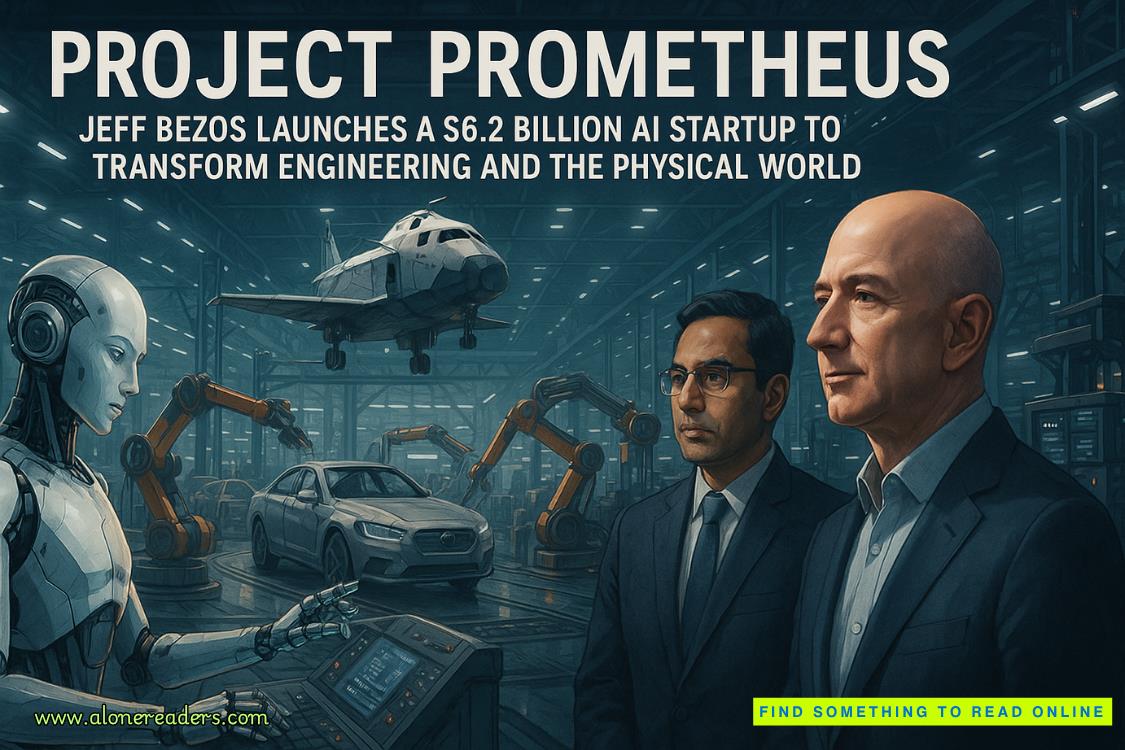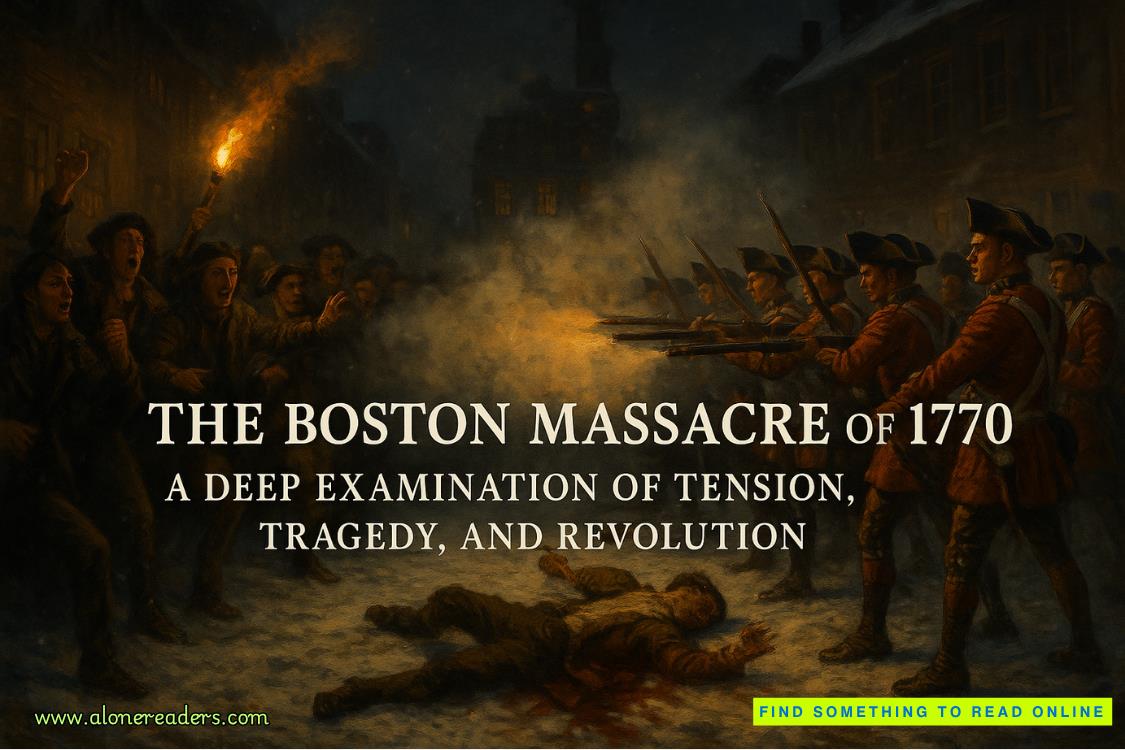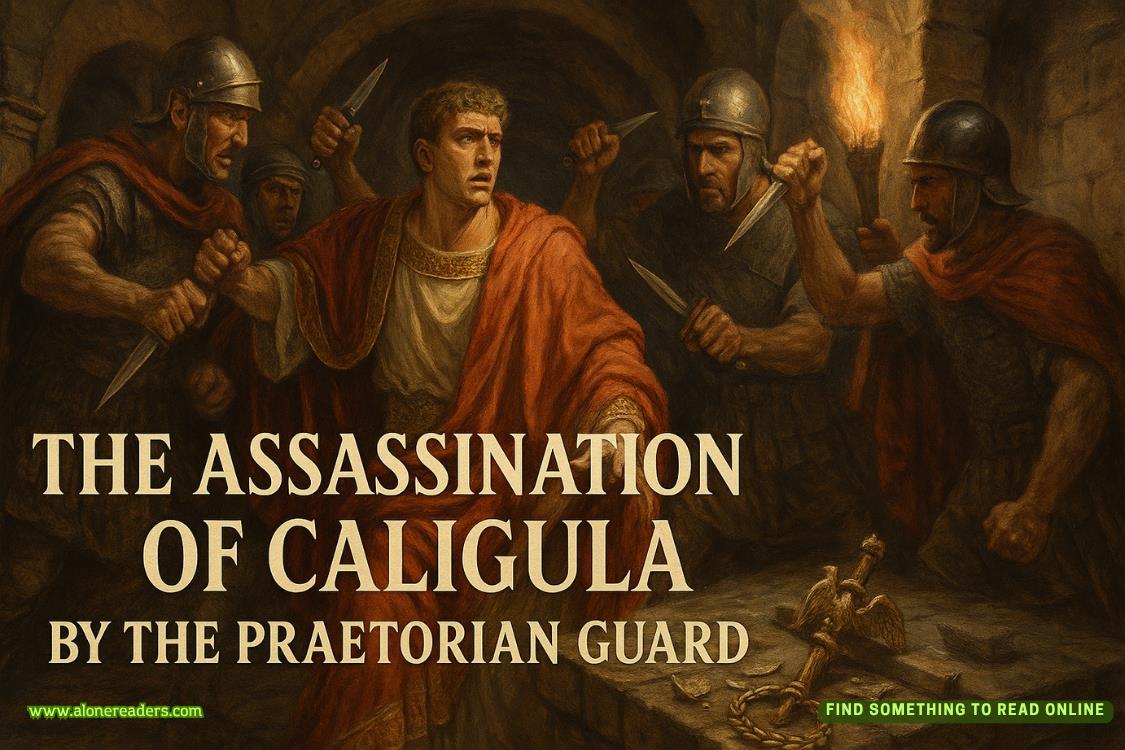Page 82 of Before She Disappeared
“Didn’t she use one of your computers?” I add.
“Sure, but you’re talking last year. I don’t have her work saved on the computers anymore. Then again”—Mr. Riddenscail taps his nose thoughtfully—“I didn’t clean out her drawer. That should still have some of her drawings, not to mention smaller samples of her work.”
Lunch forgotten, he leads the way over to a huge metal cabinet. The doors open to reveal a series of shallow drawers. Bending all the way down, Riddenscail pulls out several large sheets of design paper, followed by what appear to be several plastic thingamajigs.
Lotham takes the drawings. I explore the thingamajigs. A cube that has movable sides, a series of spirals that spin here, spin there. The items are fashioned from plain white plastic and rough to the touch, clearly prototypes of something. But the fact that I can work the cube and play with the spirals is fascinating to me.
“She was fifteen?” I ask incredulously, because this is way beyond me as a functional adult, let alone the drunk teen I used to be.
“Ah yes, Livia’s specially designed fidget gadgets. The pumpkin assignment for her was fun, but hardly a challenge. Most kids spent a week on it, whereas Livia designed her jack-o’-lantern in a single day, then designed two of those with the time left over. Several of her fellow students expressed interest, but like I said, she wasn’t one to share.”
Because I just can’t help myself, I raise my hand again. Clearly Livia had mad skills. Which meant she also had a way out of her impoverished, drug-dealing, crime-ridden family life. Her education combined with her natural ability—the sky should’ve been the limit. So what went wrong? Why wasn’t she still at school, perfecting more pumpkins and fidget doohickeys and manufacturing molds while preparing to launch the next great exciting chapter of her life?
And how did it involve Angelique?
“This was easy for her?” I ask, holding up the fidget gadgets. “As in, totally natural?”
“Absolutely.”
“And she could make plastic molds? For manufacturing, something like that?”
“Sure. Rudimentary ones, but she was only going to get better. Especially given her gift for total system overview—how one part related to the next. That kind of process perspective I can’t teach; you get it or you don’t.”
Beside me, Lotham nods. “She ever play around with, I don’t know... plastic stamps of images, flowers, U.S. Treasury symbols, whatever.”
Mr. Riddenscail taps his nose again. “Umm, no.”
“But she had the ability. Could’ve even been working on some side projects at home?”
“Ability, yes. Side projects, no. Whatever work Livia did was performed here. The design software is licensed; the kids can’t access it on their own computers. Let alone, for any of these products”—he nods toward the plastic chunks in my hand—“you need a 3D printer. Again, not the kind of thing Livia would have at home.”
“And you knew every project your kids worked on?” Lotham presses, while I stare at the spirals in my hand and digest this latest statement.
“3D printing isn’t cheap. Of course I monitor it. Have you seen our school budget? Plus, my job is to review my students’ drawings over and over again. You only want to print when you’re absolutely ready. Otherwise it wastes time and materials. Have you seen a 3D printer, Detective?”
Lotham shakes his head. Without another word, Mr. Riddenscail turns and leads us to a side door in the classroom, which opens to a smaller room dominated by a large, fully enclosed glass box with all sorts of mechanical parts in the middle. It looks to weigh a ton and cost a fortune, which I guess goes to Mr. Riddenscail’s point that it’s not the sort of thing any teenager is going to have at home.
“This is the uPrint,” he says.
“Can’t you print a plastic gun?” I ask, because thinking of Livia’s family and my own recent encounter with them, this strikes me as a highly valued commodity.
“Can you fashion a plastic gun? Yes. Do we do that here? No.” Mr. Riddenscail sounds firm on the subject.
“But it would be highly valuable,” I press. “Particularly in this neighborhood.”
“No.”
Lotham raises a brow at the reply, causing Mr. Riddenscail to elaborate: “Most plastic guns are good for a single shot. And given the lack of rifling on the barrel, it has to be up close and personal. Now, if you needed to sneak a gun through security—either at an airport, courthouse, for a Jason Bourne kind of deal, okay. But I know my kids’ lives, and no gangbanger wants a small, single-shot pistol. They want firepower. The bigger, the better. Nothing made here is going to be impressive enough for their needs. Plus most of the drug dealers out there, just because they can pull the trigger, doesn’t mean they can aim. Hence their love of automatic rifles. Plastic guns are a finesse tool. Around here”—Mr. Riddenscail shrugs—“that’s not what’s needed.”
Lotham nods shortly. It does make a crazy kind of sense but also leads us back to where we started. Livia had a talent, involving complex design and this enormous 3D printer. Which translates to what?
Plastic molds to assist in counterfeiting money? Except that’s only a tiny step of a highly involved and elaborate process. Let alone what kind of European counterfeiting ring is going to recruit a fifteen-year-old girl from inner-city Boston?
And yet, Angelique had counterfeit hundreds while also having a relationship—intimate or otherwise—with Livia. Angelique disappeared, and three months later Livia went missing. The girls were connected. The money was connected, which made it stand to reason that all of this—Livia’s skills, Angelique’s ambitions—also had to be connected.
Except how?
“Are there other teachers or classes Livia mentioned?” Lotham asks now.















